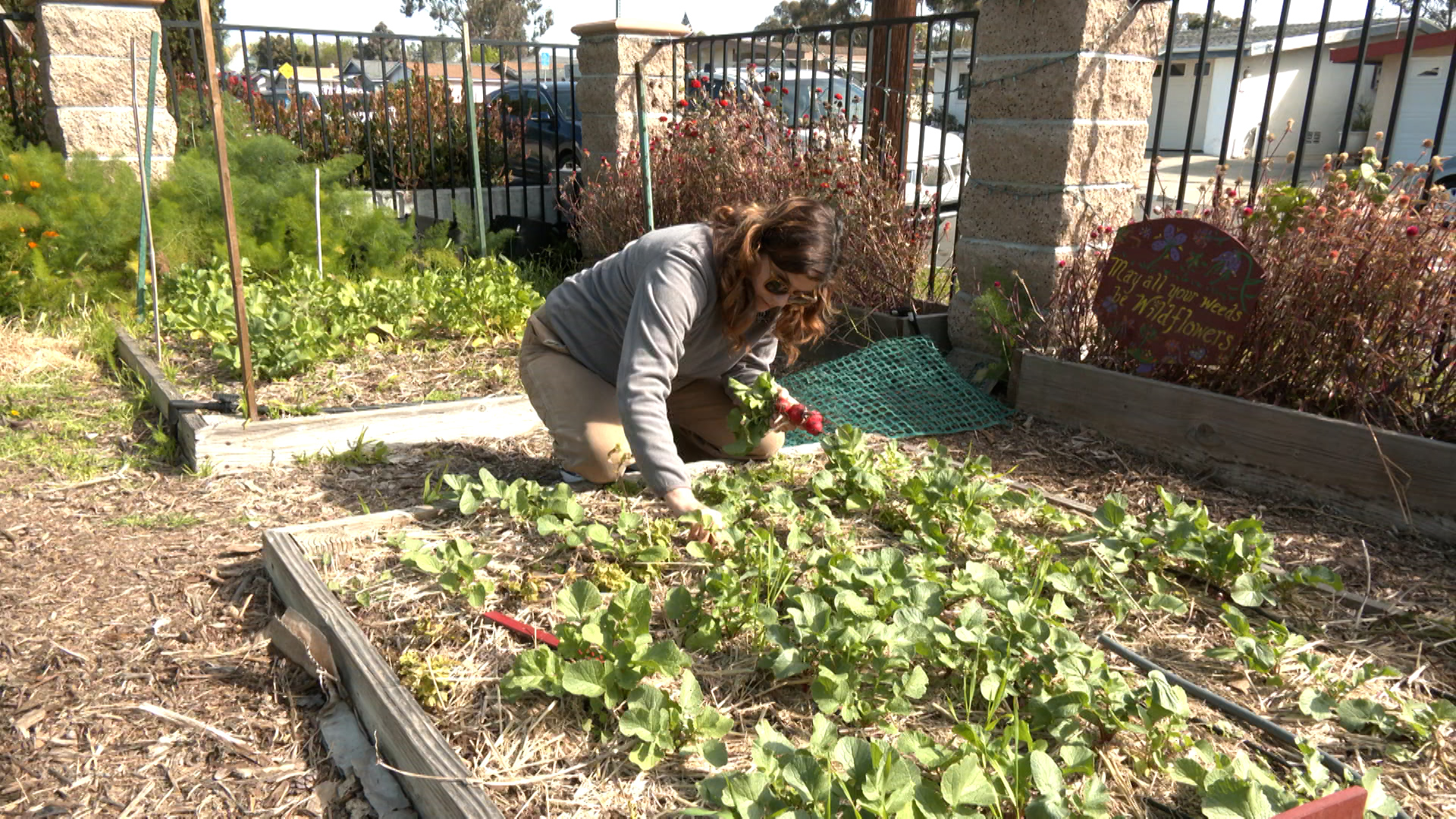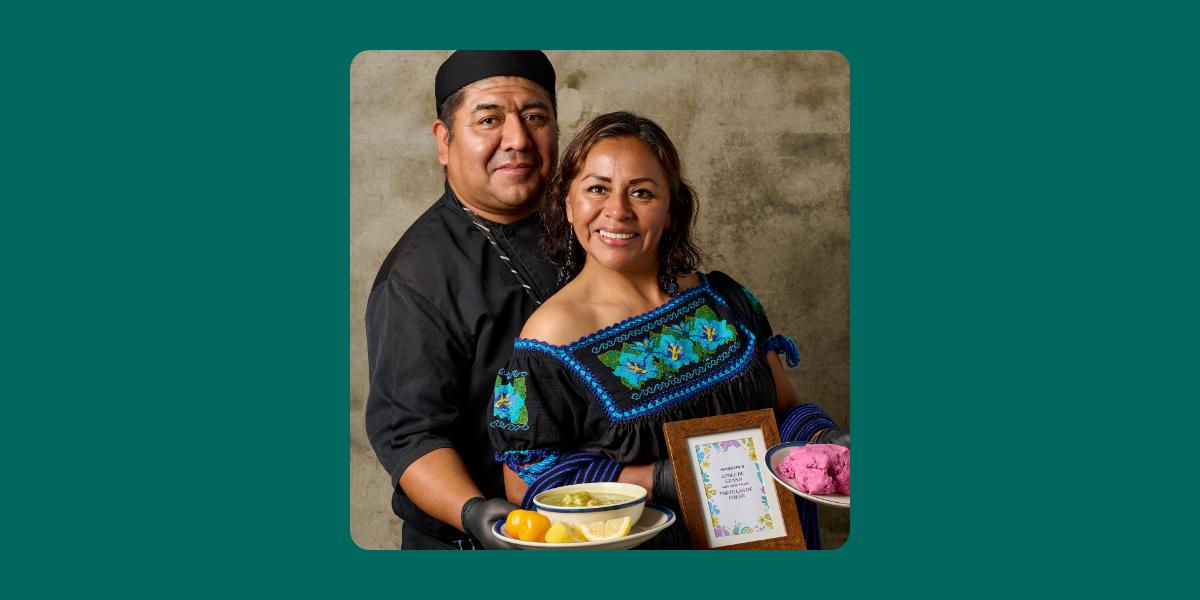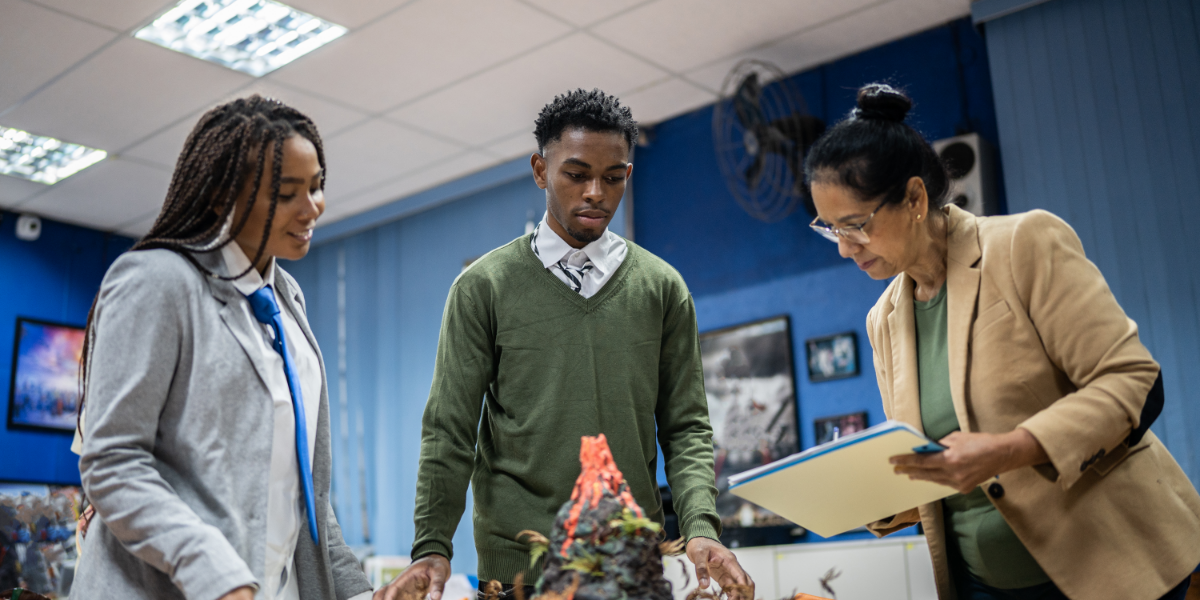As a federally defined ‘food desert,’ there is only one grocery store within walking distance in Linda Vista. While appreciated by community members, that store may not always have all the groceries a person may need. The community is a short drive from the Fashion Valley area, but most people commute by foot or public transportation due to the high cost of car ownership.
What’s a person to do when getting healthy food is both expensive and inaccessible?
In San Diego County, 1 in 4 people is nutrition insecure, which is when a child, adult or senior can’t rely on three nutritious meals a day. The San Diego Hunger Coalition reports that 28% of San Diegans face food insecurity, or are unable to provide food for their families every day.
Fighting Food Insecurity
Linda Vista is often called one of ‘the most socioeconomically distressed areas in San Diego.’ While residents experience food and nutrition insecurity, Bayside Community Center helps alleviate that hardship.
For more than 90 years, Bayside has been a community hub for those in the neighborhood to get what they need – including food.
“We serve the immediate, direct needs of the community, as well as advocate for the long-term systemic changes,” said Kim Heinle, the nonprofit’s Executive Director.
The community center hosts weekly food distributions to fight food insecurity in their tight-knit community. On any given week, Bayside can see 70 to 90 people stop by to pick up a small supply of canned food and a box of fresh produce.
“We were able to give out an average of six pounds of produce with every food box that went out last year. That’s huge,” said Amy Zink, Bayside Community Center’s Environmental Learning Center Program Manager.
Bayside grows its fresh produce to provide people with healthy meal options.
“Organically grown produce is really expensive to buy. Rents are expensive. Gas, everything inflation-wise. It’s made it harder for people to buy food,” Zink said. “It’s gotten really crucial to have organizations like us.”
Food’s Environmental Impact
Bayside Community Center consistently works to build resilient communities, a key pillar of the San Diego Foundation Strategic Plan.
The Bayside Environmental Learning Center provides people with fresh produce and teaches residents how to grow it themselves and use it in a healthy meal – but also advocates for systemic change in how the world produces food. The organization is a member of the Advisory Council for the San Diego Foundation Community Food Grant Program and played an active role in community engagement, data collection and outreach. It also provided input into building the grant guidelines.
Food systems are both impacted by climate change and are major contributors to climate change. Rising temperatures, extreme heat, drought and wildfires impact agricultural production across San Diego County – which in turn, impacts the livelihood of farmers, residents and more. Nearly a third of all human-caused greenhouse gas emissions is linked to food.
Bayside Community Center combats this issue daily by striving to be a more sustainable food source while improving community food environments.
The nonprofit gleans tens of thousands of fruits and vegetables from their gardens each year – everything from kale to radishes and much more. To match their supply with the demand, Bayside Community Center also partners with other organizations like San Diego Co-Harvest, Produce Good, Francis Parker School, and other individual farmers and gardeners in the area.
“People can have what they need in their neighborhood,” Heinle said. “If we can’t provide it, we want to be the warm handoff to the agency or partner that can.”
Outside of its Tiny Gardens and Garden Therapy programs, Bayside Community Center is also planning to revive its community garden soon.
San Diego Foundation has awarded several grants to Bayside Community Center to grow the green workforce and to teach younger generations through Level Up SD.




